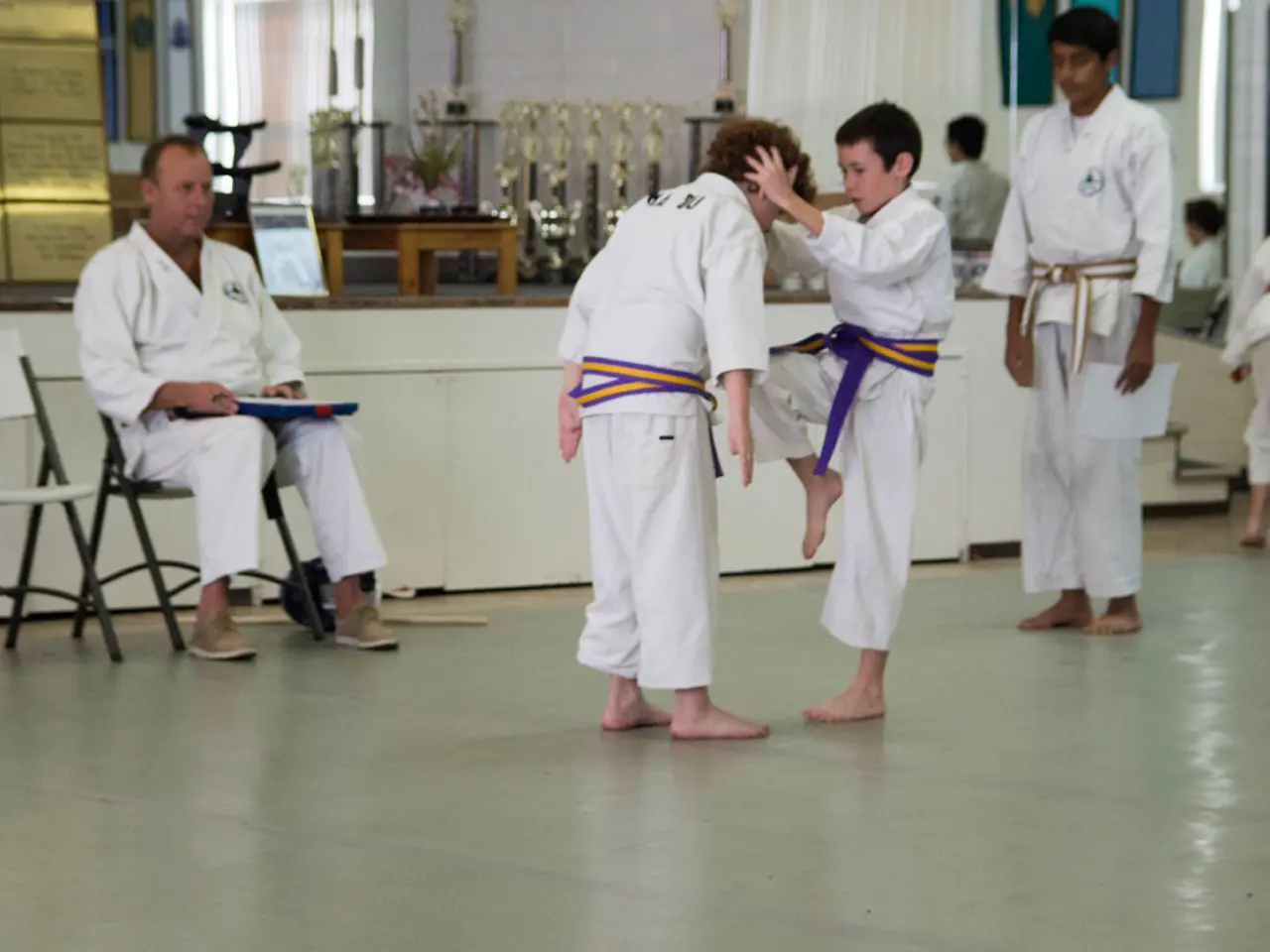Mental Health Strategies: Techniques for Attention Deficit Hyperactivity Disorder
In the quest to manage Attention Deficit Hyperactivity Disorder (ADHD), Cognitive Behavioural Therapy (CBT) has emerged as a powerful tool. This approach, tailored for both children and adults, aims to boost focus, manage symptoms, and leverage strengths.
One key strategy is Thought-Feeling-Behavior Reframing. This technique encourages individuals to identify negative thoughts related to their attention and impulsivity, and reframe them into more positive, realistic thoughts. For children, interactive tools like the CBT Think-Feel-Do card game can make this process engaging and educational, fostering flexible thinking and healthy coping strategies.
Mindfulness-Based Cognitive Therapy (MBCT) is another effective strategy. By incorporating mindfulness and meditation practices, individuals can increase their nonjudgmental awareness of thoughts and emotions, enhancing attention control and emotional regulation.
Skills for Time Management and Organization are also integral to CBT. Breaking tasks into manageable steps, using timers, checklists, or planners can improve focus and reduce symptoms of executive dysfunction.
Behavioral Activation and Activity Scheduling encourages regular engagement in physical activities or enjoyable tasks, which may help reduce hyperactivity and improve concentration. Simple physical movements like leg shaking, using fidget toys, or standing desks can serve as subtle focus aids during seated activities.
Breathing Exercises are another valuable tool. Practicing calming breathing techniques can reduce stress and improve focus, supporting emotional regulation.
Self-Monitoring and Self-Reflection is a practice that helps build insight and self-regulation skills. Structured programs or games that prompt reflection on emotions and behaviors facilitate emotional growth and frustration tolerance.
Problem-Solving and Confidence Building are essential components of CBT. Through coaching, individuals learn to approach daily challenges constructively, enhance self-confidence, and develop problem-solving habits that leverage their strengths to manage ADHD symptoms.
Visual schedules and checklists can help children with ADHD stay on track, build self-esteem, and feel a sense of accomplishment. Journaling is a practice that helps bring awareness to thought patterns and reveals their accuracy.
CBT recognizes the connection between thoughts, feelings, and behaviours, emphasizing that actions and emotions are responses based on interpretations and perceptions. One key component of CBT is cognitive restructuring, which aims to bring awareness to negative thought patterns, challenge them, and replace them with more positive, realistic, and solution-focused thinking.
An example of a cognitive restructuring exercise is the "Reframing Negative Thoughts Exercise," where individuals write down 10 tasks or accomplishments they've completed and feel proud of, and reframe negative thoughts with more positive ones.
CBT contains powerful tools and strategies to effectively manage symptoms of ADHD, such as impulsivity, hyperactivity, emotional dysregulation, and inattention. Personalized CBT services are available, tailored to meet specific needs. CBT is a therapeutic approach designed to help individuals manage symptoms of ADHD, anxiety, depression, and other mood disorders.
- Incorporating mindfulness practices, such as breathing exercises and meditation, into the health-and-wellness routine can enhance attention control and emotional regulation, aiding in the management of ADHD symptoms.
- The practice of self-monitoring and self-reflection, through journaling or structured programs, can help individuals build insight, self-regulation skills, and reveal the accuracy of their thought patterns, which is crucial in the development of positive mental health and the effective management of ADHD.
- The 'Reframing Negative Thoughts Exercise', a part of cognitive restructuring, encourages individuals to challenge negative thought patterns, replace them with more positive and realistic thoughts, and foster a mindset for problem-solving and confidence building within the context of fitness-and-exercise and mental-health improvement.




